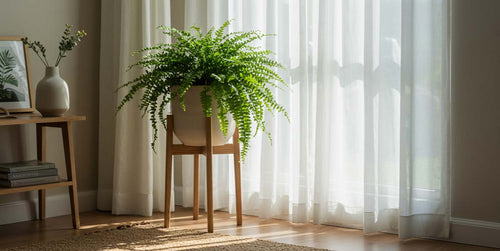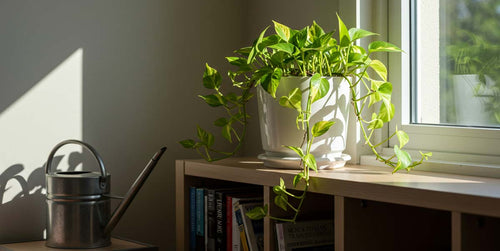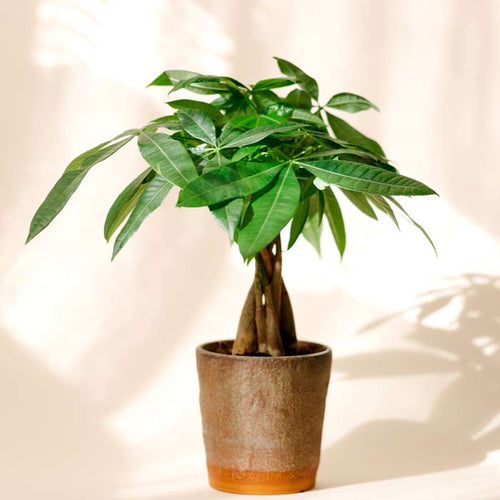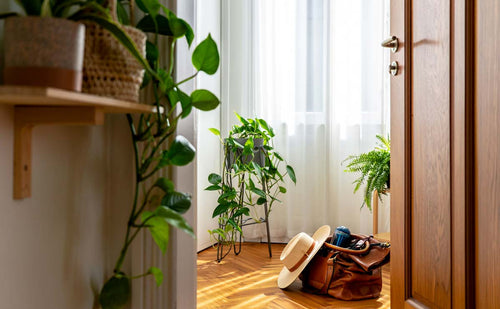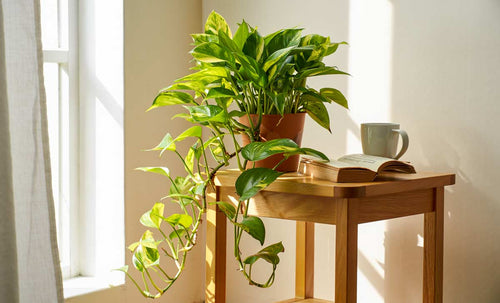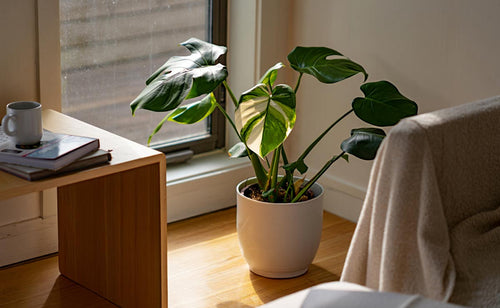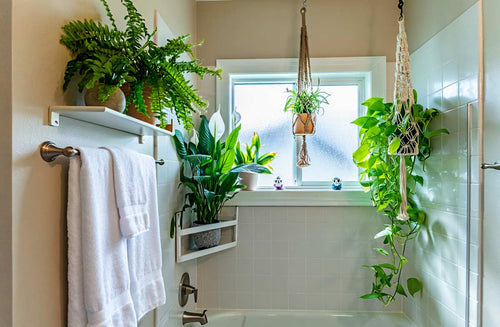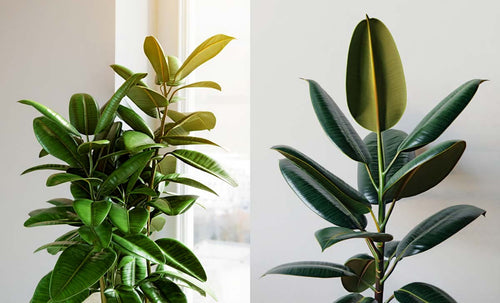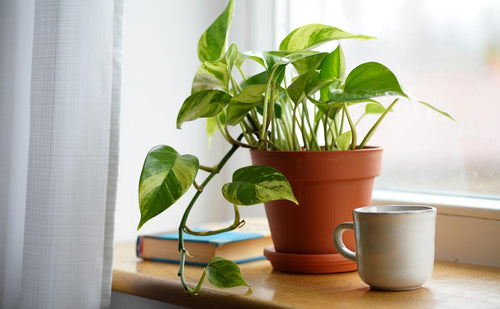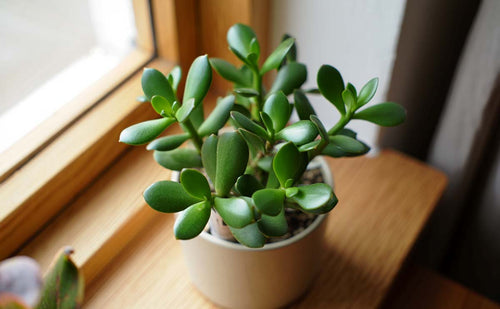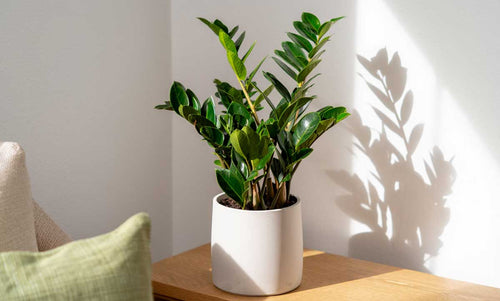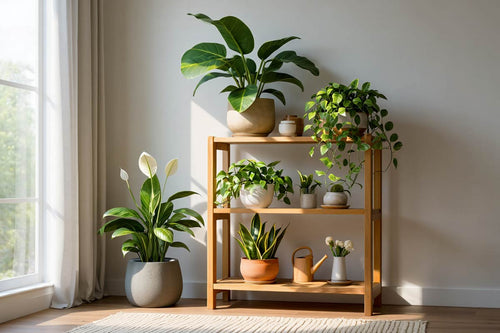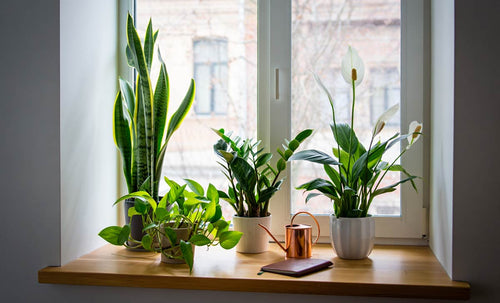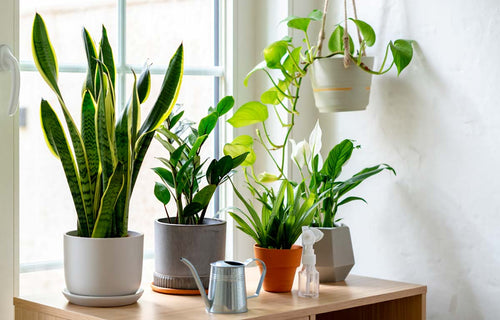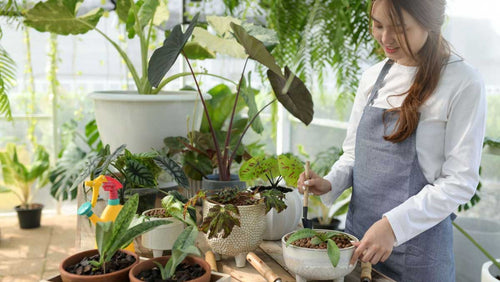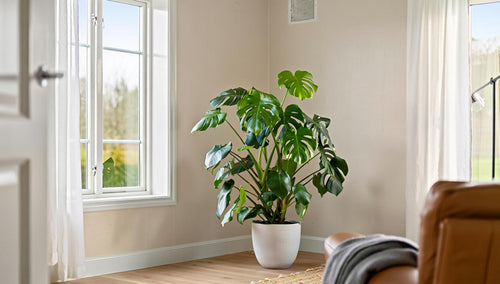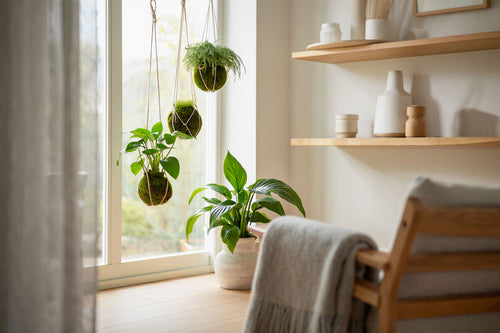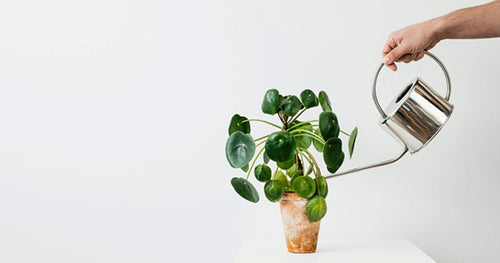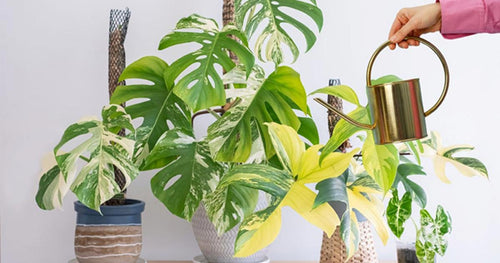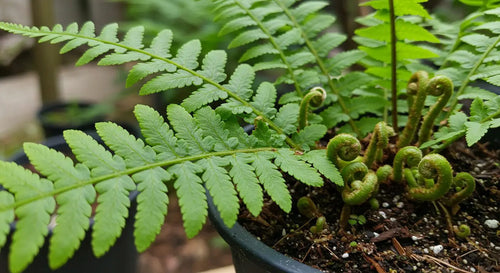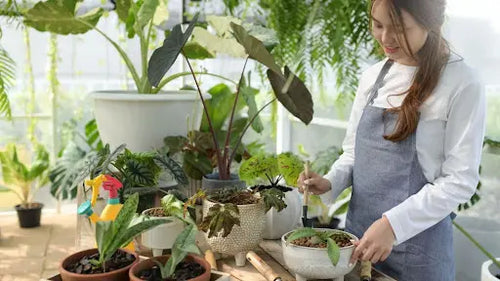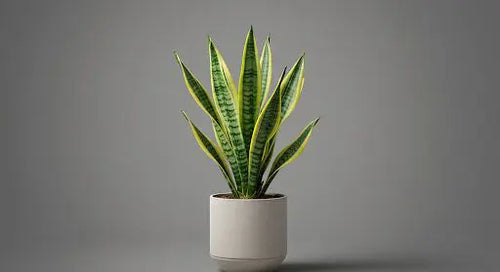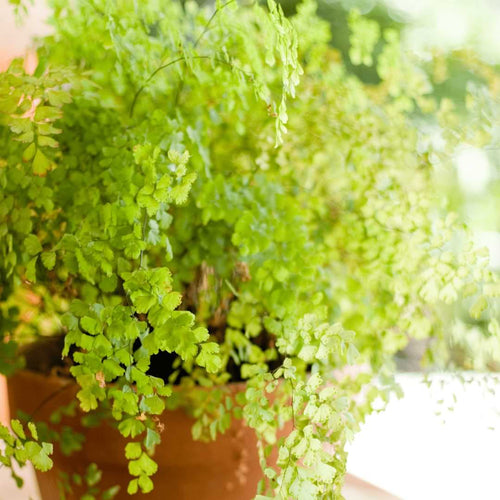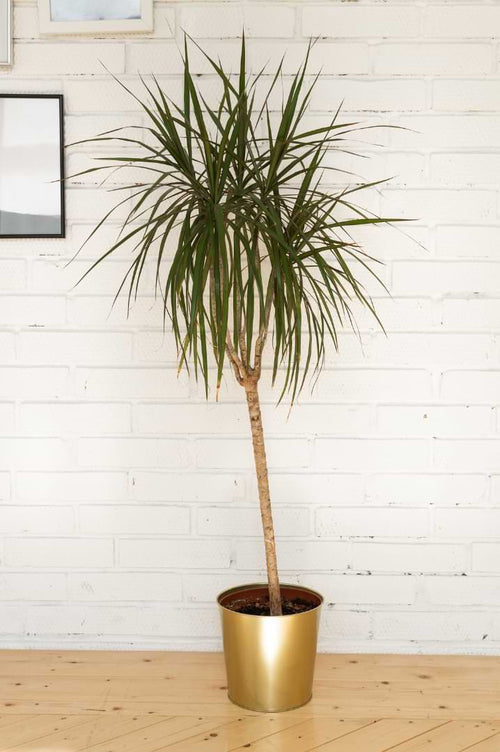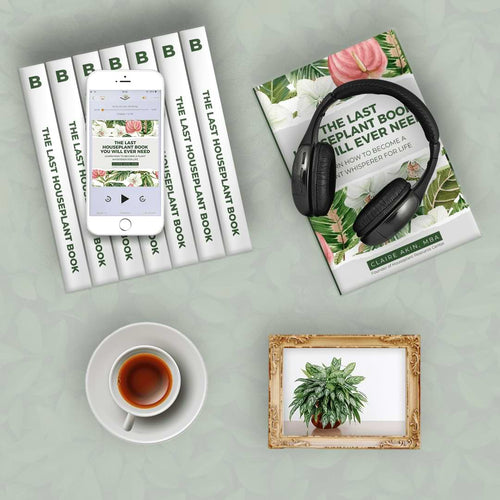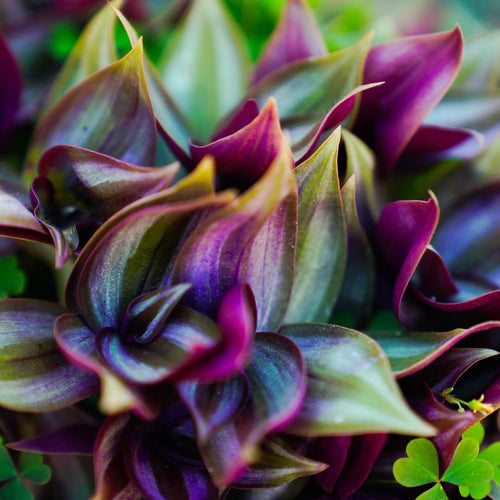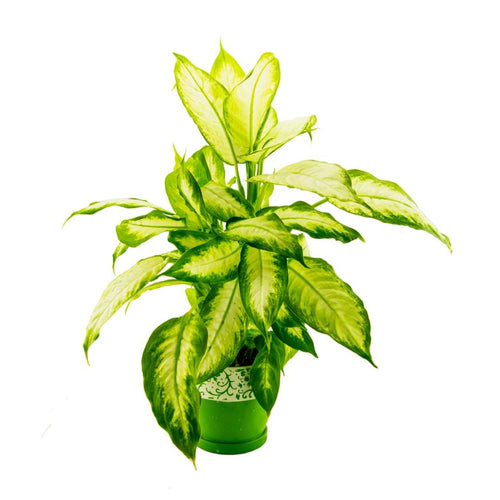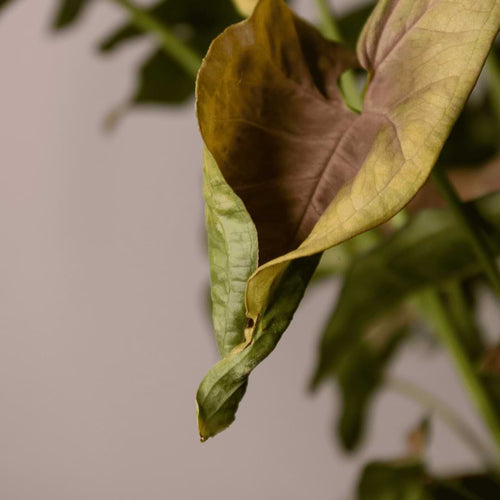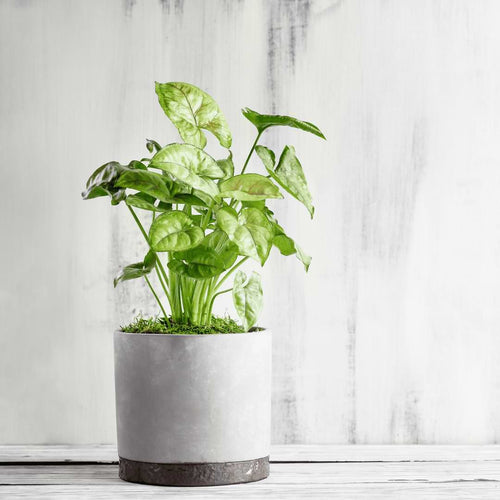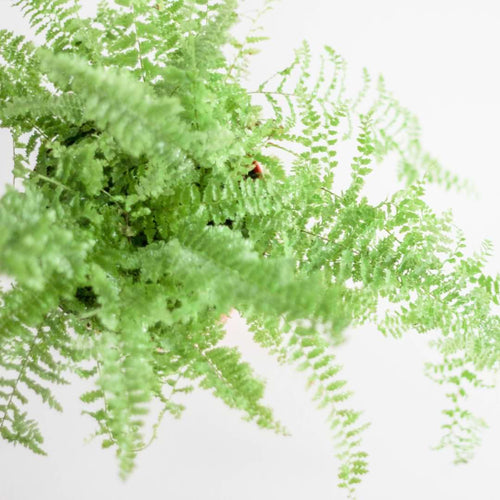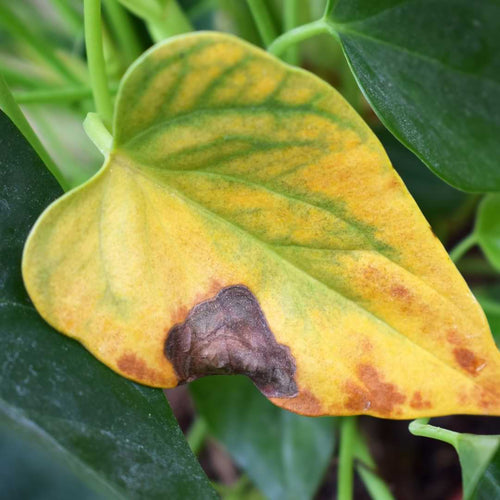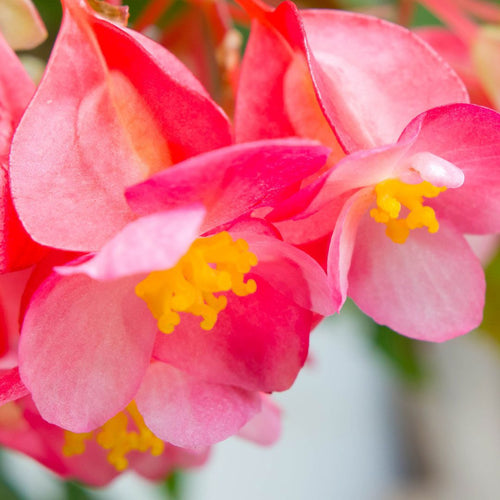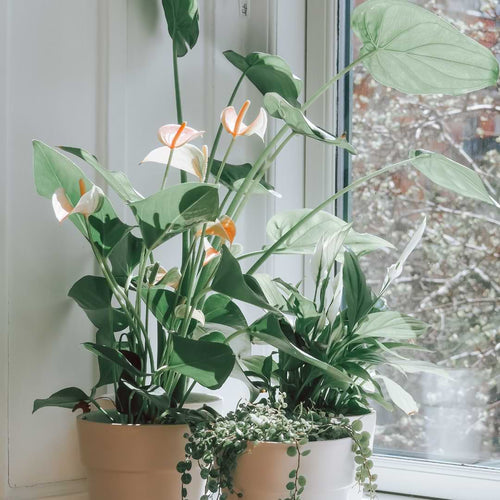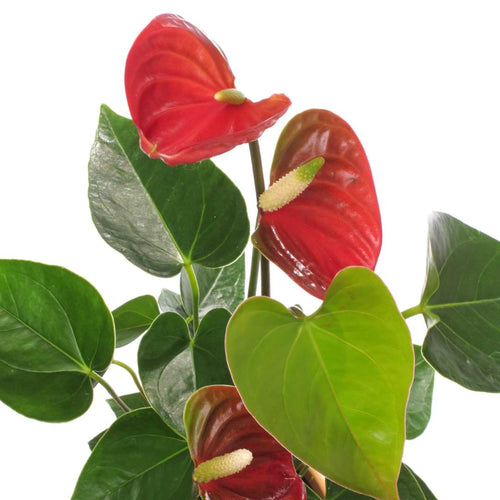Understanding Watering Needs for Houseplants
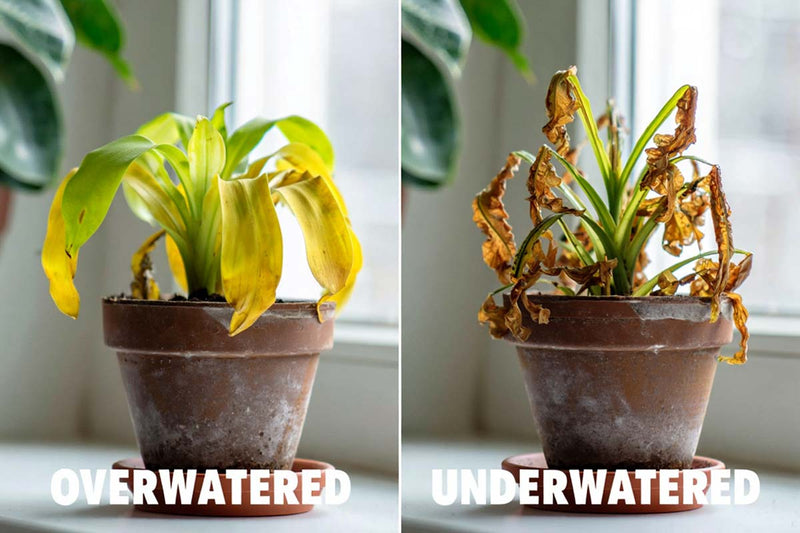
Successfully growing houseplants involves a mix of sunshine, nutrients, and most importantly, the right amount of water. Watering takes center stage in the care process, as both too much and too little can lead to issues. Have you ever felt unsure about whether you’re watering too much or too little? It’s a common quandary for many plant enthusiasts, but understanding the clues your plants give can clear up the confusion. Properly assessing your watering technique is key to keeping your green companions healthy and happy.
Striking that perfect balance is crucial, as overwatering and underwatering both have negative effects. You might have noticed drooping leaves or discolored foliage and wondered if it’s a plea for more water or a signal of excess. It’s essential to interpret these signs correctly to provide the care your plants need. Let’s explore how you can decode these watering issues and learn the fundamentals of achieving just the right balance.
How to Identify Overwatering
Recognizing the signs of overwatering in your plants can save them from unnecessary stress. Overwatering is often a silent culprit in plant health issues. Here are some signs to watch out for:
- Yellowing leaves that appear limp
- Soggy or waterlogged soil
- Presence of mold on the soil surface
Several factors can lead to these symptoms. Many plants suffer from poor drainage because their pots lack holes, trapping excess water. Frequent, generous waterings without allowing the soil to dry often exacerbate these issues.
Preventing overwatering is essential to maintaining plant health. Consider these helpful tips:
- Choose a pot with drainage holes to allow excess water to escape.
- Use a well-draining potting mix that lets water move through it easily.
- Let the top inch of soil dry out before watering again.

By keeping an eye on these indicators and adjusting your watering habits, your plants can thrive and reveal their best colors. Step back and re-evaluate how moisture travels through your plant's world, and you'll soon find yourself nurturing a vibrant and resilient indoor garden.
How to Identify Underwatering
Just like too much water can drown your plants, too little can leave them parched and stressed. Underwatering is a common pitfall for plant lovers, often resulting from busy schedules or forgetfulness. Here’s what to look for:
- Leaves that are dry or crispy around the edges
- Stems that become droopy or limp
- Soil that looks and feels dry, even below the surface
Understanding the causes helps prevent watering woes. Infrequent watering and using pots that are too small can lead to dry roots. To keep this from happening, here’s what you can do:
- Stick to a consistent watering routine based on the plant's needs.
- Choose pots that give roots enough room to grow and retain moisture.
- Aim to water plants when the top inch of soil feels dry.
By tweaking your routine and watching for these signs, you'll ensure your leafy friends stay green and lively. Maintaining the right level of moisture keeps your houseplants thriving, helping create a lovely indoor sanctuary.
Balancing Watering Practices
Caption: Still unsure when to water? Watch this quick video to learn exactly how to use a moisture meter to remove all the guesswork.
Balancing water levels doesn’t have to be tricky once you get to know your plant’s needs. Each type of plant has its unique water requirements, and respecting these differences is key. For instance, succulents like cacti thrive in drier conditions, while tropical plants often prefer more frequent watering.
Tools can be a gardener’s best friend. Soil moisture meters are handy gadgets that can take away the guesswork, showing when the soil needs a drink. Additionally, seasonal changes mean plants will require differing amounts of water. As you enter spring, you may notice some plants needing a bit more moisture as they grow and bloom, while during winter, they might enjoy a break with less frequent watering.

Caring for plants is a dance of observation and adjustment. Keep an eye on how your plants respond and adjust as necessary. This attention ensures they not only survive but flourish, adding vibrant green life to your home.
Pro Tips for Houseplant Care
Achieving the right watering schedule blends art with science. Adjust the frequency based on plant species and their growing environment. Here are a few friendly tips:
- Research specific care needs for each plant type you own.
- Develop a watering schedule that fits into your lifestyle but leaves room for checks and balances.
- Keep an eye on environmental factors like humidity, which affects soil moisture levels.
By making small adjustments and being attentive, you lay the foundation for successful plant parenting. It’s rewarding to see your plants respond to this care, growing heartily and bringing serenity to your space.

Keeping Your Houseplants Healthy
To sum it up, mastering the art of watering doesn’t require a degree in botany—just a bit of patience and observation. Resisting the temptation to overwater or forgetful gaps when things get busy ensures that your indoor jungle stays lush and lively. Remember to listen to your plants; they often tell you what they need through their leaves and behavior.
Staying consistent with your care routine can lead to thriving houseplants. Regularly monitor their needs and adjust based on the season or growth stage. By following a reliable care guide, anyone can enjoy a vibrant collection of houseplants, contributing to a happier, healthier home.
Wrap up your journey to healthier houseplants with our helpful resources. Dive deeper into the nuances of proper plant care by exploring our comprehensive houseplant care guide. At Houseplant Resource Center, we're here to support your green thumb with tips and tricks that make a real difference in your plant care routine.
Apartment Living, Beginner Friendly, Educational, Houseplants, Indoor Plants, Moisture Meter, Overwatering, Plant Food, Root Health, Smart Gravel, Soil, Watering, Watering Guide




